Butterflies of Florida
While pursuing our PhD degree at the University of Florida in Gainesvill, Florida, USA, we had the privilege of exploring the state's natural beauty and discovering some of North America's most stunning butterflies.
Rarity Index:
extremely rare/endangered
very rare/vulnerable
rare
uncommon
common
* beside rarity color represents the species is local. For instance, * represents the species is rare and local.
Some species images on this site are taken from other locations (given in captions) and may not accurately reflect the appearance or characteristics of species in the specific location featured. Please click on the images and read the captions carefully before drawing any conclusions.
Our Progress
Hesperiidae (57/74): Skippers 
Hesperiids are commonly known as skippers and are members of true butterflies (Papilionoidea). They have hooked antennae and small wings compared to their bulky bodies. Some groups keep their wings closed while some prefer to keep them flat open. Hesperiids have a very fast flight what with some are called swifts and darts.
Eudaminae (11/12)
Pyrginae (10/14)
Hesperiinae (34/46)
Megathymini (Hesperiinae) (02/02)
| Megathymus yuccae - Yucca Giant-Skipper |
Megathymus cofaqui - Cofaqui Giant-Skipper |
Papilionidae (10/11): Swallowtails 
Commonly known as Swallowtails, members of this family are some of the largest butterflies in the world. They can be easily recognized by their upturned antennae, lack of palpi, large eyes and the presence of osmaterium in larval stage. Ancient families such as Parnassiinae show some exceptions. Despite the common name, not all species have tails.
Papilioninae (10/11)
Pieridae (20/24): Whites and Yellows 
Also known as the whites and yellows, Pieridae can often be seen mud-puddling. The name "butterfly" is believed to have originated from common brimstone Gonepteryx rhamni which is butter in color.
Pierinae (05/05)
| Anthocharis midea - Falcate Orangetip |
Ascia monuste - Great Southern White |
Glutophrissa drusilla - Florida White |
Pieris rapae - Cabbage White |
Pontia protodice - Checkered White |
Coliadinae (15/19)
Lycaenidae (28/34): Blues 
Also known as the blues because of the blue upperwings of most species, this family contains some of the smallest butterflies of the world. Brephidium exilis - Western Pygmy-blue, is considered to be the smallest butterfly found in the USA.
Miletinae (01/01)
| Feniseca tarquinius - Harvester |
Theclinae (22/24)
Polyommatinae (06/09)
Riodinidae (01/01): Metalmarks 
Commonly known as Metalmarks in the Americas, these butterflies show rather weak flight, often perch under the leaves. They are mostly found inside forests.
Riodininae (01/01)
| Calephelis virginiensis - Little Metalmark |
Nymphalidae (44/55): Brush-footed Butterflies 
Commonly known as the brush-footed butterflies, members of this family have only four functional legs while the forelegs are vestigial. Previously it was separated into different families such as Danaindae, Satyridae, Libytheidae, etc. which now are treated as the subfamilies of Nymphalidae.
Libytheinae (01/01)
| Libytheana carinenta - American Snout |
Heliconiinae (05/05)
| Dione vanillae - Gulf Fritillary |
Dryas iulia - Julia |
Euptoieta claudia - Variegated Fritillary |
Heliconius charithonia - Zebra Heliconian |
Speyeria cybele - Great Spangled Fritillary |
Nymphalinae (16/20)
Biblidinae (04/05)

|
|||||
| Diaethria clymena - Cramer's Eighty-eight |
Eunica monima - Dingy Purplewing |
Eunica tatila - Florida Purplewing |
Hamadryas amphinome - Red Cracker |
Hamadryas feronia - Gray Cracker |
Limenitidinae (02/02)
| Limenitis archippus - Viceroy |
Limenitis arthemis astyanax - 'Astyanax' Red-spotted Purple |
Cyrestinae (02/03)

|
|||||
| Marpesia chiron - Many-banded Daggerwing |
Marpesia eleuchea - Antillean Daggerwing |
Marpesia petreus - Ruddy Daggerwing |
Apaturinae (02/02)
| Asterocampa celtis - Hackberry Emperor |
Asterocampa clyton- Tawny Emperor |
Charaxinae (02/03)

|
|||||
| Anaea andria - Goatweed Leafwing |
Anaea troglodyta - Florida Leafwing |
Prepona laertes - Feathered Prepona |
Satyrinae (07/10)
Danainae (03/04)

|
|||||
| Danaus plexippus - Monarch |
Danaus gilippus - Queen |
Danaus eresimus - Soldier |
Lycorea halia - Tiger Mimic-queen |





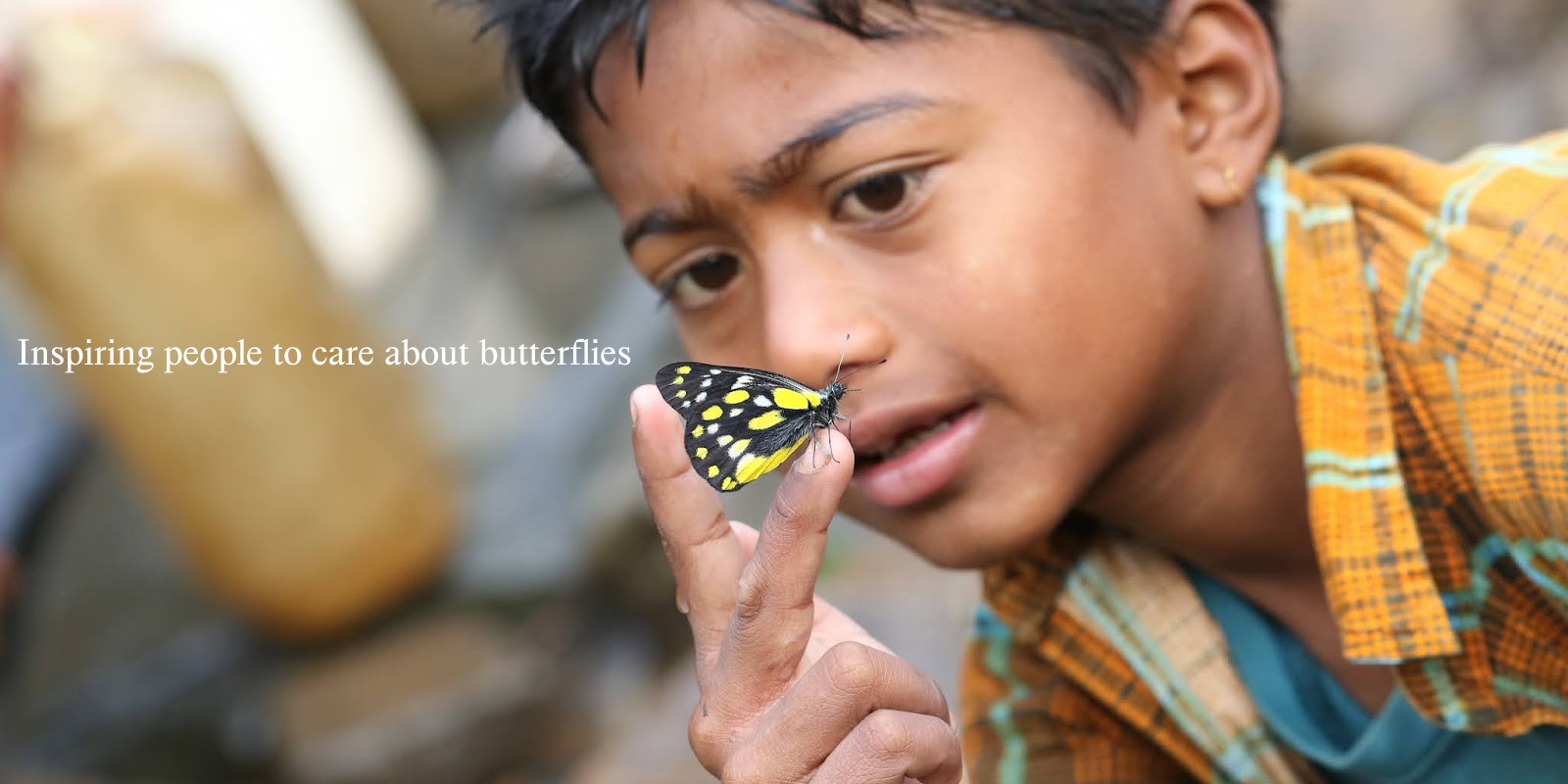


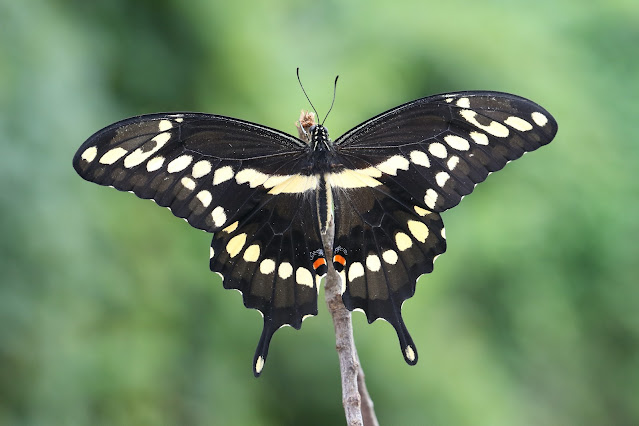






















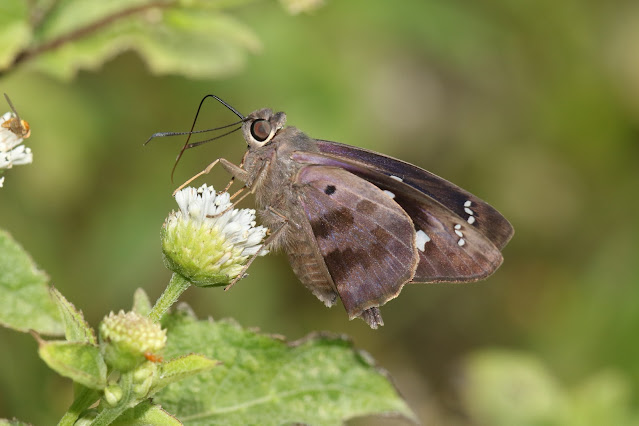
















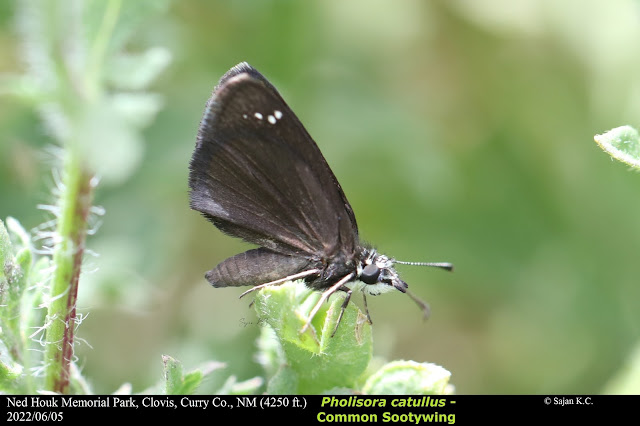


















































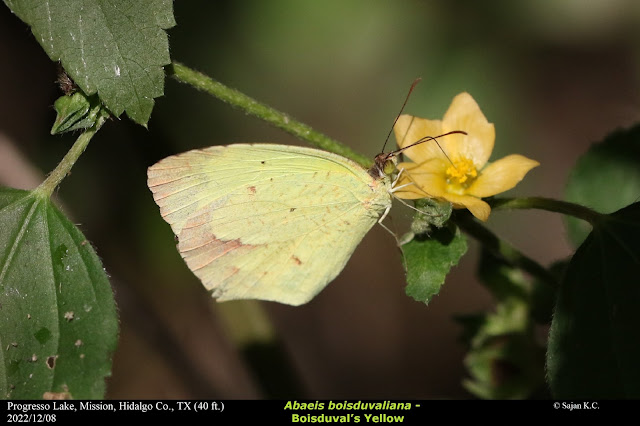


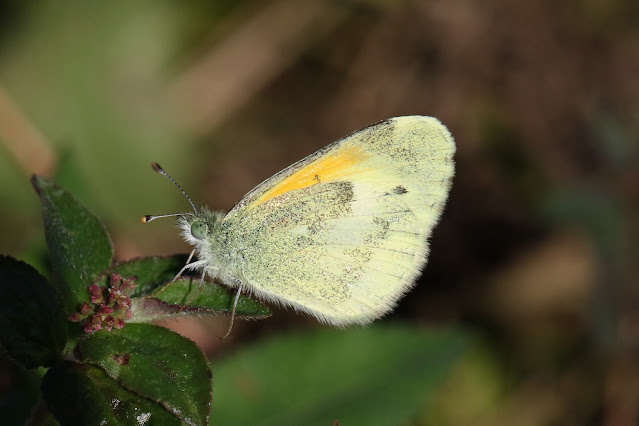












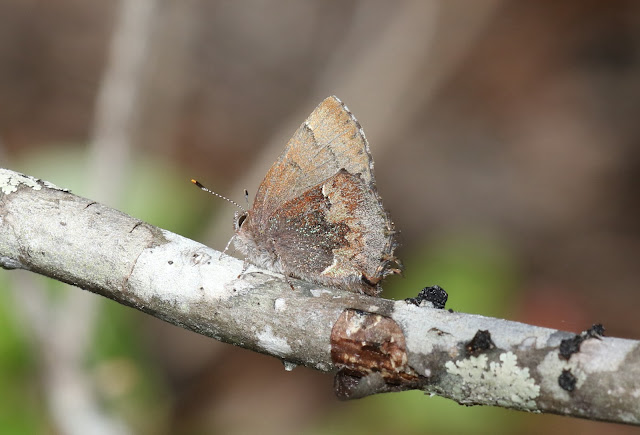




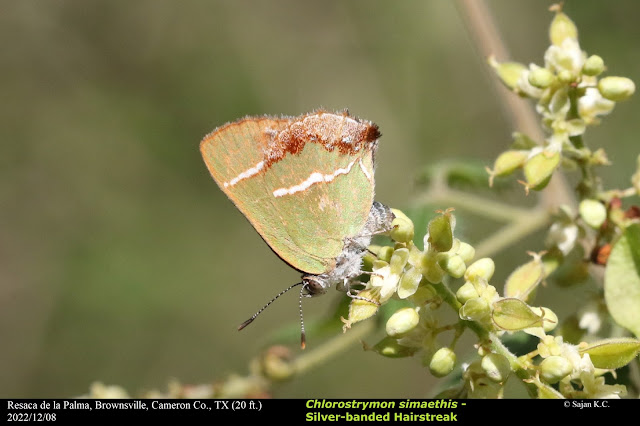












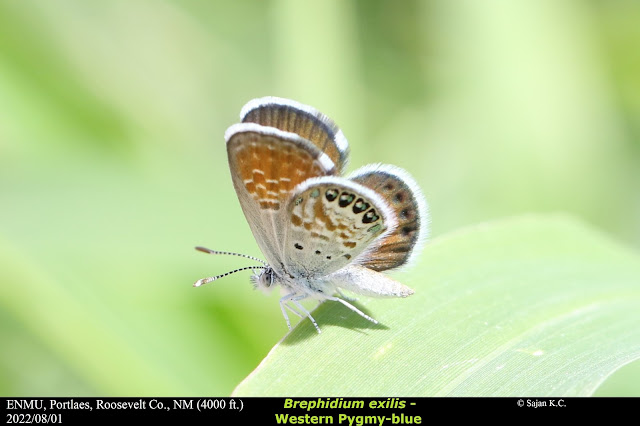

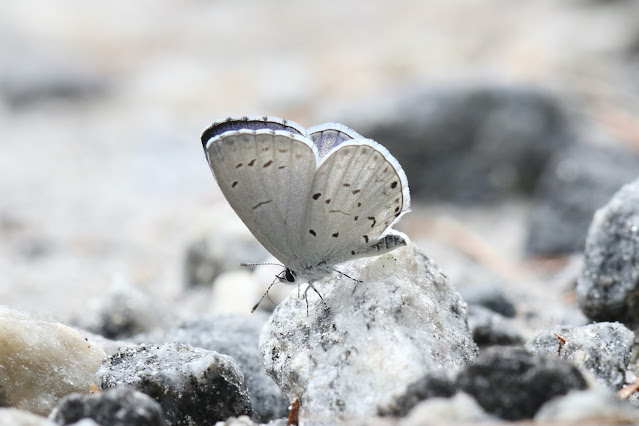





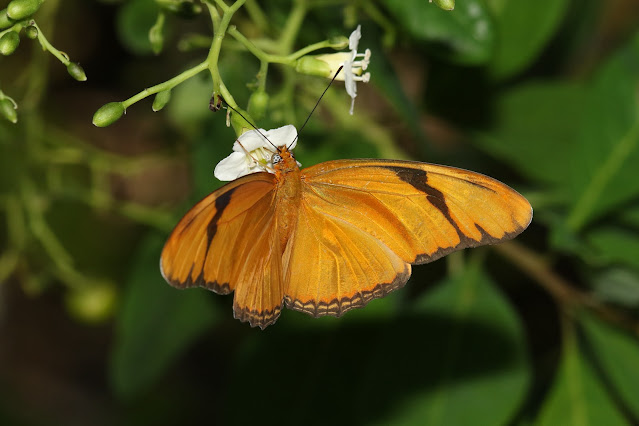



































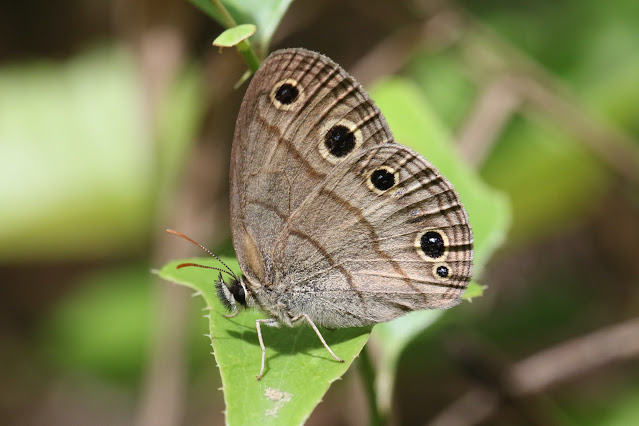

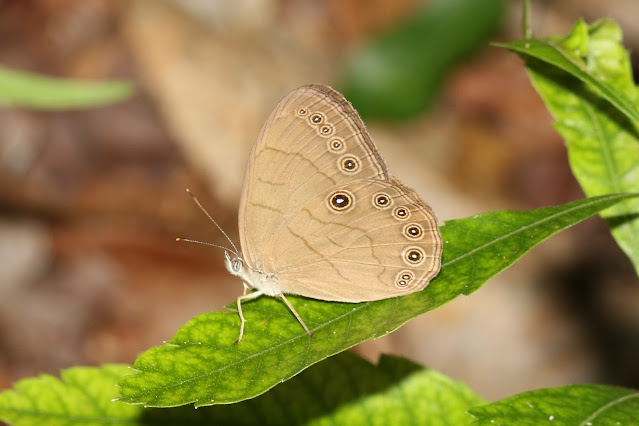










Comments
Post a Comment